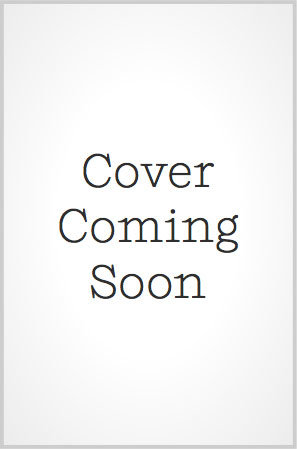
Any pride in what he’s been doing in the army, any sense of nationhood, is gone “sanctioned brutality” is all it has been.
.jpg)
Luke’s platoon is led into an ambush and a catastrophic panic-stricken slaughter of civilians, and of soldiers, at a wedding party.

“Bring it on, bitch,” said Private Dooley. “It’s the South Armagh of Afghanistan out there, nothing but Terry Taliban waiting behind the wall to chop your balls off and send them back to your mammy.” The rough banter of the army boys from Glasgow, Cork and Liverpool, the corroded hectoring of the regiment’s Major Scullion (a Conradian Kurtz figure), the savage facts of what it’s really like out there, require a different kind of language, from Luke and from his narrator: “The glass cabinet described their shared interest in the gathering of facts, their attempt to know life not only by our mistakes but by artistic ordering.”Īll that is put behind him when, as Captain Campbell, he’s with his platoon in Afghanistan, on a mission to train the Afghan army, to get equipment 100 miles from Camp Bastion to the Kajaki dam, and to take control of the dam from the Taliban. When he was a small boy in Glasgow, she kept a glass cabinet of his seashells and starfish for him.
#ILLUMINATIONS BOOK HOW TO#
The novel’s other half belongs to that 29-year-old son, Luke, a literary boy who read English at Strathclyde (like his author), knows Hardy, Kipling and Wallace Stevens, and has been taught by his grandmother how to look at life, how to think and hope she has trained his “better self”. It’s illuminated partly through the resentful attention of her daughter –whose husband was a soldier killed in Ireland, whose son is stationed in Helmand, and whose point of view we come increasingly to understand. Anne’s history, like her failing memory, comes to light in patches, spots of light. Her work – part still lifes of kitchen sinks, part street-scene realism – was mentored by her long-vanished lover, Harry Blake, a pioneering documentary photographer and the father of her child. Canadian-Scottish Anne Quirk – neglectful mother but devoted grandmother, object of fascination to her self-pitying neighbour Maureen – was once, it turns out, a remarkable photographer. One half is set in a retirement home on the coast of Ayrshire, where an 82-year-old woman with early-stage dementia is living. It moves with bold, imaginative daring and a troubled intensity between men at war and women with their children, between Scotland and Afghanistan, between photography and fiction, and between memory and secrets. The novel, like its two main characters, has a double life. And then there’s the light of truth, the book’s underlying theme: erratic, patchy, often unwelcome, and hard to get at – because “life had been rearranged, and always is”. “Colour is light on fire,” says a woman to her grandson, a woman who has spent her life “looking at objects and the way the light.

The palm-sized prayer book, below right, was produced for a wealthy patron to use for personal worship.L ights are burning everywhere in the dark world of Andrew O’Hagan’s impressive new novel: snowflakes pouring from a street lamp “like sparks from a bonfire” a single tiny lightbulb shining in a doll’s house the “constellation of death” that is the light show of rocket-fire in a hillside war at night light falling on ordinary objects in a kitchen sink to make an artwork the “illuminations” bursting into life in Blackpool. The choir pages, below left, were large so that a group could simultaneously view the pages from a distance. Lluminated manuscripts were created in various sizes depending on their intended use. The decline of the illuminated manuscript tradition coincided with the ability to mass produce printed text and the increasing numbers of literate people who wanted secular as well as religious books. Wealthy patrons also wanted these illustrative works for personal libraries and encouraged the formation of private workshops that flourished in French and Italian cities between the 13th and 15th centuries.

Illuminated manuscripts were produced between 11, with monasteries as their earliest creators. The pages were made from animal skin, commonly calf, sheep, or goat. Illuminated manuscripts are hand-written books with painted decoration that generally includes precious metals such as gold or silver.


 0 kommentar(er)
0 kommentar(er)
